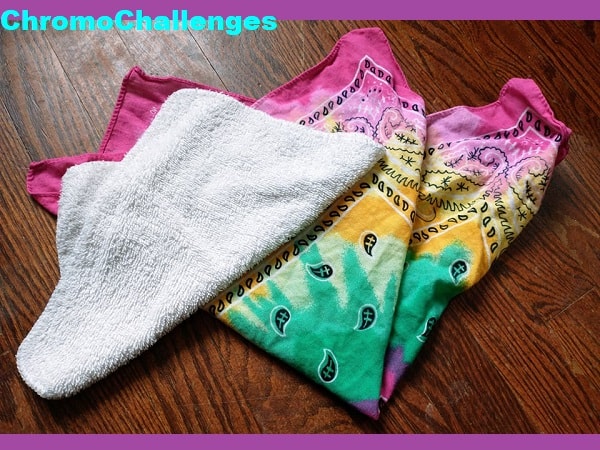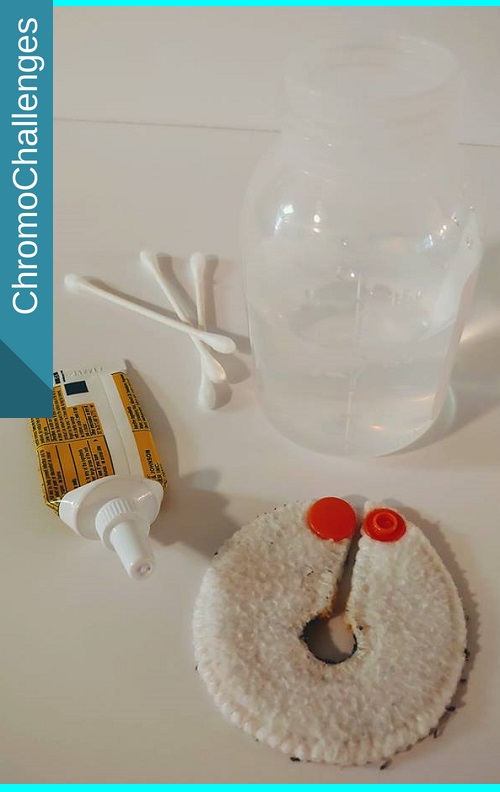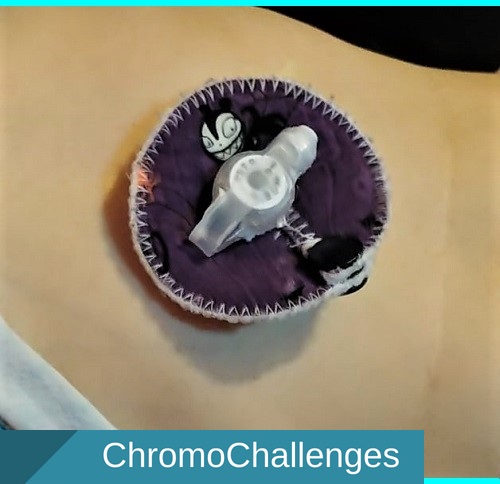Shaking Breastmilk

I attribute breastmilk as the main reason my corn moderate-intolerant special needs daughter Aubby survived infancy. Most formula is powder-based with corn ingredients. Breastmilk, however, was the natural answer to the question of how to feed my baby who didn’t tolerate formula.
Giving my daughter breastmilk through her g-tube was easy since I didn’t need to mix it with anything but the medications she was prescribed (such as a med for reflux).
Our nursing/pumping relationship lasted her first year of life until she self-weaned. Since that time, Aubby’s food journey has moved from
- Breastmilk (age 0 to 13 months)
- also practicing oral solids (age 7 months to present)
- Similac Alimentum RTF (age 13 to 15 months)
- Compleat Pediatric (age 15 to 22 months)
- Nourish and Real Food Blends (age 22 to 25 months — which I wish I would have started after breastmilk)
- blenderized diet (age 25 months to present — also known as homeblending)
For our family, homeblending has offered the greatest benefits, and in retrospect would’ve been the best option following weaning from breastmilk.
Some special needs families whose kiddos have feeding tubes — if those kiddos are still an age for it, and some on an as-needed basis — add breastmilk to the blender before mixing homeblended meals.
Effects of shaking breastmilk
There doesn’t appear to be a current ultimate answer by study, but KellyMom’s information regarding handling[1] points out “there has not been research done on the bioactive properties of shaken vs. non-shaken breastmilk”. So shaking breastmilk isn’t currently a problem.
However, that probably doesn’t ordinarily account for a blender’s speed a special needs parent might use for tube feeding, such as that of a Vitamix or Blendtec.
As it’s from a natural source, breastmilk is considered a biologic[2]. According to Morrow[3], biologics
“[R]equire special handling, as they are often less stable than chemically derived drugs and require controlled temperature and light, as well as protection from jostling when in liquid form. For example, many large proteins cannot be shaken to reconstitute, as shaking can destroy the protein structure.”
In other words, biologics need more careful handling.
Lactation professional Linda Smith explains that while breastmilk shaken or swirled are both great, absorption is better when milk molecules are in their original whole form[4]:
“Because shaking expressed mothers’ milk (or boiling or freezing it) denatures the shaped molecules of the protective proteins, leaving only the pieces – the amino acids – the parts. Lactoferrin, lysozyme, and other protective components work their protection magic when they are in their original shaped molecular structure. Some components remain intact, even during freezing, shaking or heating.”
If one could compare the forces of shaking breastmilk by hand with that of a Vitamix or Blendtec, then it’s possible that shaking does nothing. But that doesn’t defend basic breaking of breastmilk molecules as explained above.
So that’s what I found when I went looking.
How I handled breastmilk for my daughter
My preferred method of providing breastmilk for my daughter involved a careful system that I developed for my own uses. I never shook my milk, didn’t add it to anything else, and didn’t add anything else to it.
Considering the effort it took my body to produce it, I just felt it was too important to treat casually, so I didn’t treat it casually. I figured there must be reasons for it being called “liquid gold”.
At that point, if I were to add breastmilk to my daughter’s g-tube feeds, I’d stir it in during the feed prep period when it was ready to be fed. Typically, that’s about 30 minutes before a feed begins to allow for non-microwaved warming with hot water around a storing container.
Works Cited
- KellyMom.com. Breastmilk Storage & Handling. URL [https://kellymom.com/bf/pumpingmoms/milkstorage/milkstorage/]. Updated 15 March 2018. Accessed 3 August 2018.
- U.S. Food and Drug Administration. What Are ‘Biologics’ Questions and Answers. U.S. Food and Drug Administration. URL [https://www.fda.gov/aboutfda/centersoffices/officeofmedicalproductsandtobacco/cber/ucm133077.htm]. Updated 6 February 2018. Accessed 4 August 2018.
- Morrow T, Felcone . Defining the difference: What Makes Biologics Unique. Biotechnology Healthcare. 2004; 1(4): 24-26, 28-29. URL [https://www.ncbi.nlm.nih.gov/pmc/articles/PMC3564302/#!po=94.5652].
- Smith L. Don’t Shake the Milk. Bright Future Lactation Resource Center Ltd. 1998. URL [http://www.bflrc.com/ljs/breastfeeding/shakenot.htm]. Accessed 3 August 2018.







Hello! My name is Tesla. I am 24 years old. My daughters name is Jayla and she has partial trisomy 18. I have tried to reach out to others but it has been hard coming across anyone who has a partial trisomy 18 child. I came across your information and I don’t mean to impose, but would love if you could please reach out to me. I am interested in tips to help her as best as I can. I know you might be busy. But I’d appreciate it dearly. Thank you!
Please check your email for my reply. 🙂
–JP